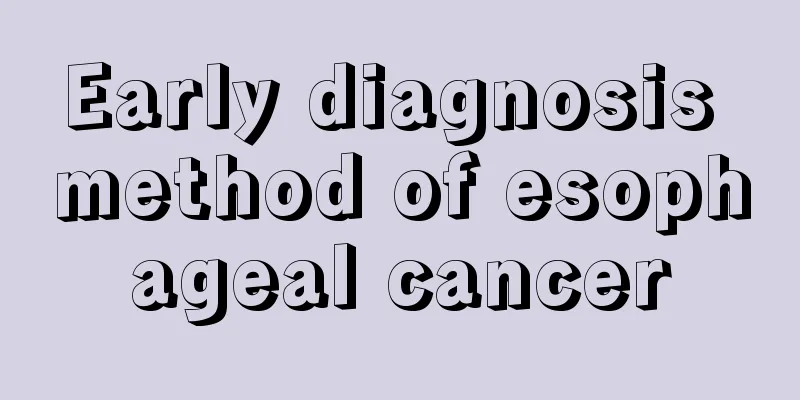Early diagnosis method of esophageal cancer

|
The most basic investigation for any patient complaining of dysphagia is an esophageal radiograph. Esophageal cancer is typically characterized by a rough, turbid mucosa and a narrow lumen. Unlike benign esophageal obstruction, patients with esophageal cancer usually do not present with dilatation proximal to the obstruction. Esophageal radiographs are also helpful in diagnosing patients in question. The exact role of CT and MRI remains controversial but can help identify extraesophageal invasion. CT is helpful for preoperative staging of esophageal cancer, but its role as an indicator of resectability is not well established. Increasing experience suggests that esophageal endoscopic ultrasound may be more valuable for staging than other methods and may be a better predictor of survival. When cancer is suspected clinically, an esophageal examination should be performed. The use of optical fibers has made this examination very simple, and a biopsy can be performed through an esophagoscopy to obtain histological results. Patients with upper esophageal cancer in the chest near the tracheal carina should undergo both esophagoscopy and tracheoscopy to determine whether the cancer has invaded the trachea or bronchi. During esophagoscopy, ultravital staining technology is used to help identify the biopsy site. The stains used are iodine (Lugol's solution), toluidine blue, and sodium indigo disulfonate. Additional brush examinations of patients who may have esophageal cancer can provide data for histological studies. Another technique is to use radioactive isotopes for Tumor scans, in which esophageal cancer cells selectively absorb certain substances, such as gallium or cobalt-7-bleomycin, can help with early diagnosis.1. Clinical examination The most common complaint of patients with esophageal cancer is dysphagia. The usual initial manifestation is difficulty swallowing large pieces of food, followed by difficulty swallowing soft food, and finally difficulty swallowing even liquids. Weight loss, food regurgitation, and aspiration pneumonia may occur. Patients without dysphagia mainly present with odynophagia and gastroesophageal reflux. Some patients have a small amount of blood loss, but large blood loss is uncommon. Symptoms and signs indicate advanced esophageal cancer, including cervical lymph node metastasis; chronic cough indicates tracheal erosion; choking after eating indicates the presence of a tracheal fistula; hemoptysis or hematemesis, or both, indicates that the lesion has penetrated into adjacent vascular structures; hoarseness indicates invasion of the recurrent laryngeal nerve. Pain is not a common symptom of esophageal cancer. If pain symptoms occur, it indicates that the local lesion has invaded adjacent structures. |
<<: Commonly used single prescriptions for lung cancer
>>: Chemotherapy for esophageal cancer
Recommend
How to quickly eliminate the blue color from infusion
Infusion is a relatively effective medical method...
The hazards of microwave therapy device
With the development of science and technology, t...
What causes testicular cancer
Today's society is developing rapidly, and pe...
Steps to burn the tooth nerve
Toothache is not a serious disease, but many peop...
Foods that promote fracture healing
Fractures are a very common injury in life. In ad...
What to do if formaldehyde causes sore throat
Sore throat is very common in daily life. This di...
It's not my period but I have a small amount of bleeding
A woman's normal menstrual period is regular ...
Crumble the rock sugar without microwave
What makes rock sugar different from other white ...
What test can accurately detect tongue cancer
What tests can accurately detect tongue cancer? T...
Which gas in the gas causes gas poisoning?
In recent years, the country has been vigorously ...
What are the ways to restore hearing?
The importance of hearing to the human body is se...
What is the disease that causes pale lips?
A normal person's lips should be white with a...
I want to go to the toilet soon after drinking water
Drinking water every day is something a person mu...
How effective is washing your face with salt water in removing acne?
The problem of acne is a physiological problem th...
What are the symptoms of liver cancer 2 months before death? Four nursing measures should be taken in the late stage of liver cancer
Liver cancer is one of the malignant tumors with ...









